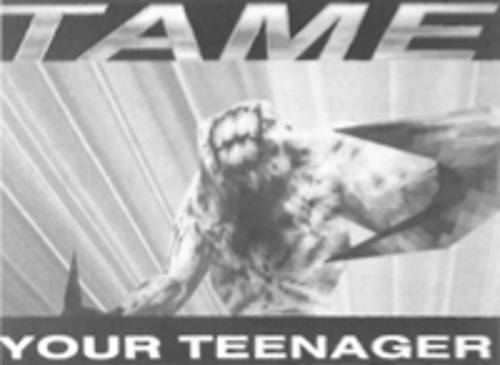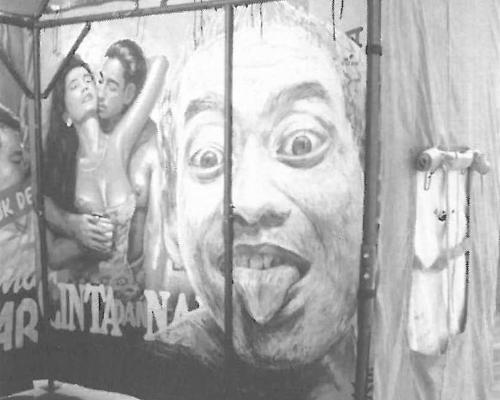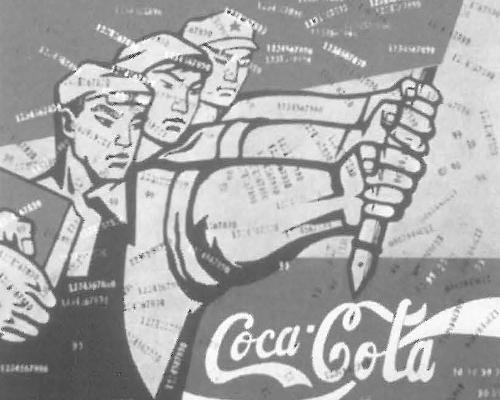Search
You searched for contributors, issues and articles tagged with Religion ...
Contributors
Artlink
Akiko Miki
Alison Carroll
Angela Valamanesh
Anna Epstein
Anne Kirker
Annette Pederson
Araya Rasdjarmrearnsook
Caroline Turner
Cate Jones
Cath Kenneally
Deborah Hart
Dionissia Giakoumi
Donald Brook
Doreen Mellor
Dorothy Erickson
Dwi Marianto
Edwina Bartleme
Flaudette May V. Datuin
Harriet Edquist
Helen Fuller
Honor Harger
Jane Deeth
Jane Goodall
Jane Magon
Jane Williams
Jennifer Livett
Jennifer Spinks
Joanna Mendelssohn
Juliette Peers
Kajri Jain
Kim Machan
Larissa Hjorth
Lavinia S Ryan
Lee Weng Choy
Louise Hamby
Margaret Moore
Masahiro Ushiroshoji
Maud Girard-Geslan
Maurice O'Riordan
Morris Low
Neil Manton
Nicholas Jose
Oscar Ho Hing Kay
Pat Hoffie
Rifky Effendy
Robert Crocker
Robyn Taylor
Ross Mellick
Russell Trood
Salimi Hashmi
Sang Ye
Sean Kelly
Sharmini Pereira
Soyeon Ahn
Stephanie Britton
Stephanie Radok
Suhanya Raffel
Thelma John
Virginia Rigney
Vivonne Thwaites
Zanita Anuar
Zara Stanhope
Issues
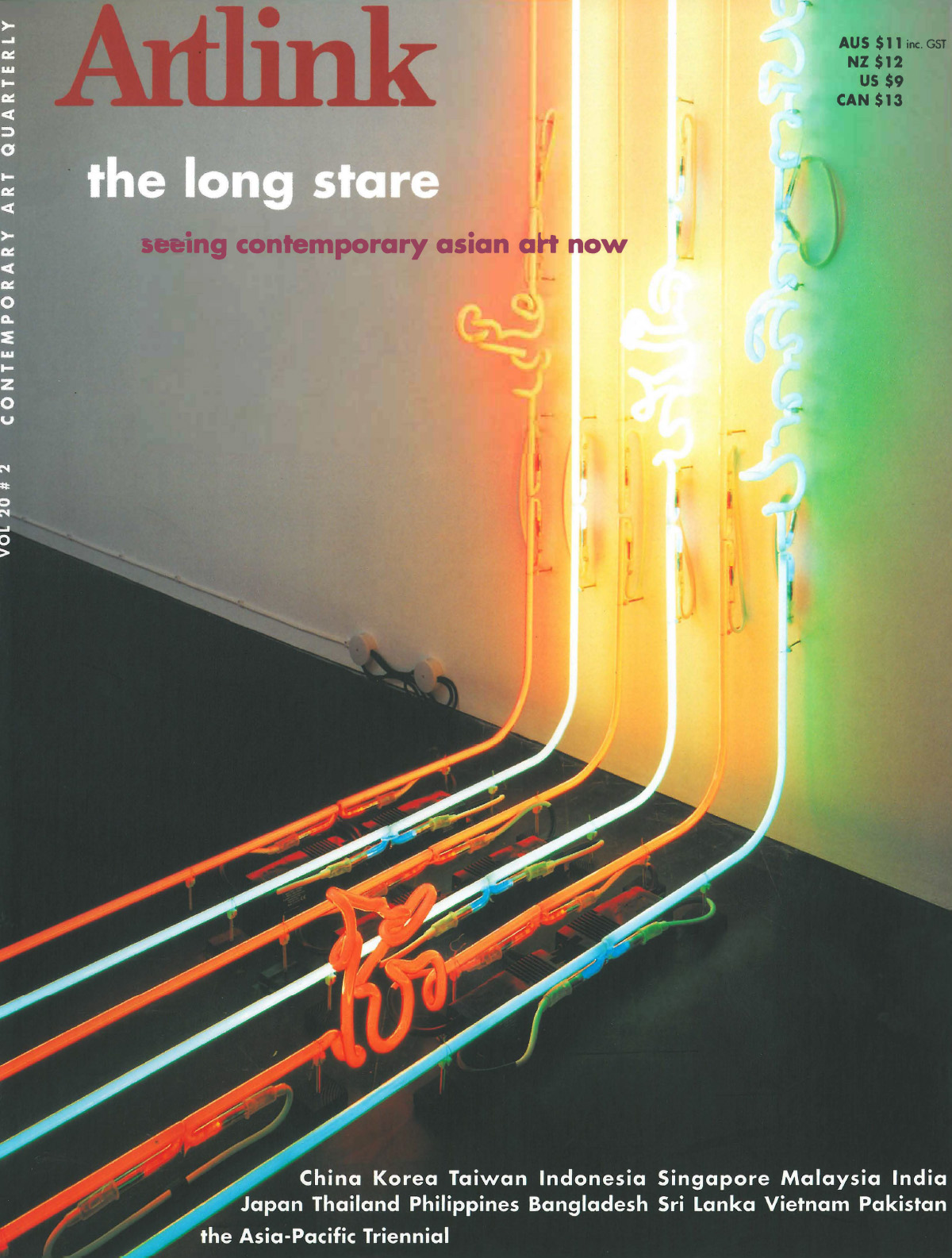
The Long Stare: Seeing Contemporary Asian art Now
Issue 20:2 | June 2000
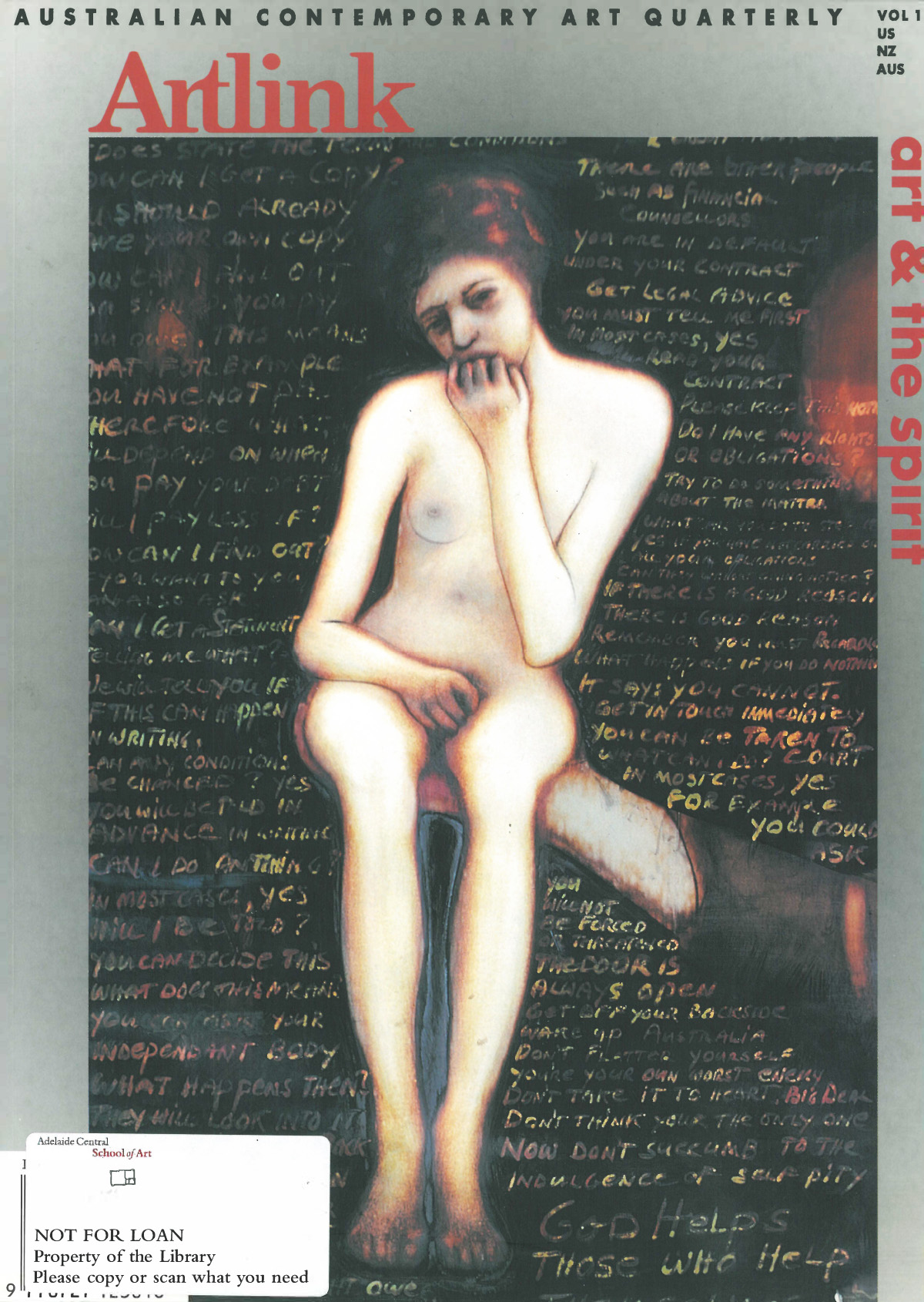
Art & the Spirit
Issue 18:1 | March 1998
Articles
Vi$copy Rules. OK?
In 1972, when I began work as curatorial assistant at the Art Gallery of New South Wales, artists in the collection had no formal written rights to their work. Each time a work was acquired by the gallery, the artist was sent a pink copyright form which they were expected to sign, even though this relinquished all their rights and assigned them to the gallery.
Art & the Spirit
Urinating to Windward
Artists asserting a commitment against ignorance have recently called for the resignation of the Director of the National Gallery of Victoria.
There seems to be no particular matter of fact about which Dr Potts stands accused: his ignorance relates somehow to an issue of principle that was flouted (as his critics assert) when he prematurely closed the exhibition in which Andres Serrano's photograph, Piss Christ, provoked some complaint, some minor violence and (as we are told) unspecified threats.
Art & the Spirit
Art, Trash and Religion: the Serrano Affair revisited.
Who would have expected that Piss Christ would spark off a major public row in Australia, eight years after it was originally made notorious in the United States?
Art & the Spirit
Wrestling with Difficult Issues
The Jewish Museum of Australia is almost certainly the only religiously based institution in Australia which provides a contemporary art space. An important role of the Museum is to define an Australian Jewish identity, but in the contemporary space the Museum also helps to shape this identity. As well as celebrating our eternity in our permanent exhibitions, we help to forge our future by having contemporary shows.
Art & the Spirit
Beyond the Bleeding Heart...
Rosemary Crumlin discusses the sacred and the secular in contemporary art, starting with the exhibition she curated at the National Gallery of Victoria
Art & the Spirit
The Spiritual, the Rational and the Material: Spirit and Place Art in Australia 1861 - 1996
Since 1984 there have been five major exhibitions which sought to engage aspects of the spiritual in art and which attracted international comment. Spirit + Place, Art in Australia 1861 - 1996, which opened at the Museum of Contemporary Art in Sydney on 22nd November 1996 and closed on 5th March 1997, was the most recent of these.
Art & the Spirit
Spirituality in Contemporary Australian Art: Some contexts and Issues in Interpretation
While there is a return to spiritual interests internationally in the Western world (from the counter culture of the late 1960s to the present) the 'spiritual' has been until now, relatively ignored in the interpretation of twentieth century artists work.
Art & the Spirit
Where Eagles Hover
Any discussion of the sacred and spiritual in Australian art must surely defer to the art of Aboriginal people for theirs is the art and culture which speaks most directly and profoundly about the connection of human spirituality to the Australian landscape.
Art & the Spirit
Grandmother's Mob and the Stories
Julie Dowling interviewed by Lavinia S. Ryan
In the past five years, after graduating from Curtin University, Julie Dowling has been painting professionally. Recently Julie took part in the artists' forum, Wijay Na? (which way now) for the Northern Territory Centre for Contemporary Art.
Art & the Spirit
Groundwork - New Work/Old Law: The Spirit of the Land in Three Communities
The embracing of new mediums like artglass and the encouragement of new artists demonstrates the contemporary nature of Aboriginal art and culture. The art reflects profound connections to place and to the past, connections that continue to be spiritually significant. Three Art Centres come together in an exhibition for the Festival of Perth to show that Aboriginal culture is a living cullture.
Art & the Spirit
Embodiment: Concerning the Ontological in Art
The exhibition The Painters of the Wagilag Sisters 1937-1997 is a historic landmark in the exhibition of Aboriginal art in Australia. A collaboration between three curators, Wally Caruana, Djon Mundine and Nigel Lendon, as well as with the contributing Yolgnu artists, landowners and custodians from Central and Eastern Arnhem Land the exhibition confirms the significant role of the National Gallery of Australia in collecting, presenting and promoting Aboriginal art.
Art & the Spirit
Collaboration by Satellite
Satellite link-ups between continents have upped the telecommunication ante, intensifying the exchange of ideas and impressions by participants. The sense of sight is now added to the teleconferencing capacity for hearing everyone at once, making it easier for participants who have never met to know who is speaking when, and simplifying the task of managing a given session.
Art & the Spirit
Susan Hiller: Being Rational about the Irrational
Visitors to the Adelaide Festival will be able to see From the Freud Museum and Wild Talents. at the Experimental Art Foundation from 26 February recent works by visiting London-based artist Susan Hiller. Cath Kenneally spoke to her in London about her history and her art.
Art & the Spirit
David Jones' sculptures in the landscape - a spirit of place
Spirituality in western art is not necessarily ecclesiastical. There are artists who make work which is imbued with a deep spiritual connection to the land. The works may be temporary, ephemeral installations surviving only in the photographic record or they may be of more permanent substances.
Art & the Spirit
Cedar Prest: Community Art and Spirituality
For Cedar Prest, stained glass work always begins with a meditation on what she terms the "light atmosphere" of a particular place. This is not simply the physical presence of a source of light and its intensity within a room or particular architectural space, but also the more complex sensual influences that determine the way light enters a particular space through one or more "holes in the wall".
Art & the Spirit
Migration and Faith: Places of Worship in a Multicultural Community
"The cosmopolitan character of the residents of Australian cities has often been shown and it is in their worship that the various nations represented in our midst receives most definite demonstration. The Greek Orthodox Church has a small but increasing community in Melbourne, numbering about 150 Greeks and 50 Syrians, and it is now decided to build immediately, at a cost of about $3,000 a new Greek Church".
Art & the Spirit
Maria Ghost: Rick Martin
Experimental Art Foundation Adelaide SA
December - January 1998
Art & the Spirit
The Measured Room
Di Barrett, Mark Kimber, Deborah Paauwe, Toby Richardson Contemporary Art Centre of SA
1 October - 2 November 1997
Art & the Spirit
Caboodle: Work from the Jam Factory Studios
Jam Factory Gallery SA
Ceramics, Glass, Furniture, Metal
14 November 1997 - 11 January 1998
Art & the Spirit
Tripping the Light: The Big Party Show
Curator: Robyn Daw
Artists: Cath Barcan, Christl Berg, Barbie Kjar, Greg Leong
University Gallery, Launceston Tasmania
8- 31 August 1997
Art & the Spirit
Sea
Curated by Romy Wall with David Hansen
Tasmanian Museum and Art Gallery, Hobart Tasmania
28 November 1997 - 4 January 1998
Art & the Spirit
Swingtime, East Coast - West Coast: Works from the 1960s-1970s in The University of Western Australia Art Collection
East Coast 22 August 1997 -1 February 1998; & 10 April - 27 September 1998.
West Coast 22 August 1997 - 21 June 1998.
Lawrence Wilson Art Gallery
The University of Western Australia, Perth.
Art & the Spirit
Building a picture: Interviews with Australian Artists by Gary Catalano
Published by McGraw Hill Australia 1997
RRP $36,90
Art & the Spirit

The Tate goes modern
The Tate Modern opened in May 2000 to great fanfare and applause. The refurbished power station on the Thames now houses the international post-1900 art of the Tate collection. The public has rushed to visit with huge crowds enjoying the experience, but putting pressure on the facility. Critics have questioned the way the work has been arranged by theme rather than by school, chronology or geography.

Australia and Asia: Friends and Family
The past 10 years have seen the building of ties between Australians and Asians through the interactions occasioned by the three Asia-Pacific Triennial exhibitions in Brisbane. There are now many personal and binding friendships across the region which did not exist before. This changes our concept of 'region' significantly.

Geography, Indigeneity and Dissonance
Some of the many complex questions raised by the Asia-Pacific Triennials relate to where artists originate from, how they relate to indigenous issues of their country, and the possibility of dissonant voices being heard through the exhibition which would not be tolerated in their country of origin. This is increasingly important in an Australian political climate which has downplayed our relations with the Asian region.

Myths and Histories: A Vietnamese Story
The inside story of the first selection of a Vietnamese artist for the Asia-Pacific Triennial. Vietnamese artists in the early 1990s were free to make art of their choice, as the grip of state-run culture began to relax. The significance of the resulting elegiac romantic paintings was lost on some critics of the Triennial who did not appreciate this history. The curatorial structuring of the Triennial helped to go beyond the official line of ministries of culture.

Asian Engagements: Tubes of Bamboo
In this brief article Turner focuses on the Queensland Art Gallerys Asia-Pacific Triennial. From the beginning, the Asia-Pacific Triennial was conceived as more than an art exhibition. It was equally about creating a network of contacts with artists and art institutions, a research base and permanent collection of contemporary Asian art and a forum for discussion of the art of the region. Artists discussed include Geeta Kapur, Marian Pastor Roces, Xu Bing, Santiago Bose, John Frank Sabado and Dadang Christanto.

Dragon seeds and flea circuses: some moments and movements in contemporary Chinese art
Post-revolutionary China was a time of testing boundaries of official tolerance and experimentation with the newly accessible Western art ideas. The first art exhibitions were held and groups formed, as artists started to realise they were not, as Mao said, just the hair on the skin of socialism. Resistance to the old political order and a deliberate courting of Western buyers with post-Mao imagery has to give way to finding an original voice.

My Hands are tied
Performance/Installation by Brigita Ozolins Foyer Installation Space, Hobart 10 - 25 March 2000

Kimono as Canvas
Gallery East or 2000 Perth International Arts Festival 12 February - 5 March and touring for two years

25 Songs on 25 Lines or Words on Art Statement for Seven Voices and Dance...
Joe Felber, Elliot Gyger and Lucy Guerin University of South Australia Art Museum 6 April - 6 May 2000

Polemic: Why did they Cancel Sensation?
Brook discusses what he believes to be the two main problems with the cancellation of the Sensation exhibition at the National Gallery - to locate the issue and to restore some gravity, so that instead of the noise increasing with distance from the issue, it diminishes. The key figure discussed is the Director of the NGA, Dr Kennedy with the notion of Quality dominating the content of the article.

Beyond Language
Although often disguised as an innocent communication tool, language is defined, and, in turn, defines the parameters of all aspects of life, from the most personal and private to socio-political conditions and power structures. Giakoumi discusses this fact in relation to artist's experiences of living and working in countries where language barriers are apparent. Four works by artists Shigeaki Iwai, Xu Bing, Kim Young-Jin and Lee Mingwei are closely examined through this text.

The Arts of Diplomacy
Manton looks at the relationship between the Department of Foreign Affairs and Trade and the art world in Australia, one that seems to have been difficult, particularly since the 1970s when the Commonwealth Art Advisory Board gave way to a National Gallery and an Australian Council for the Arts. Furthermore this text examines the growing relations between Australian and Asian art communities during the second half of the 20th century.

Expanding Horizons: Art from Taiwan
This article looks at the recent history of cultural exchange between Australia and Taiwan and briefly examines the background of the shifts occuring within the Taiwanese art scene from an Australian context. Furthermore it examines some of the continuities and changes in the late 1990s with a particular emphasis on the works by artists Wu Tien-Chang and Wu Mali included in the Second and Third Asia-Pacific Triennial.

Korean Contemporary Art in the 1990s
Korean art in the nineties experienced an era of unprecedented freedom and a remarkable upsurge in visual expression. Ahn looks at the progression of Korean art and politics during the later years of the 20th century and at a few of the central art figures: Kim Myung-hye, Choi Jeong-hwa, Kim Jun, Kim Soo-ja, Han Myung-Ok, Choi Jae-eun, Kim Young-jin and Lee Bul.

Radicalising Tradition: Painting in Pakistan
The teaching of miniature painting has, since the 1980s when it became a part of the National College of Arts (NCA) in Lahore, become a highly respected and important traditional genre. The role of miniature painting also came to represent many of the anxieties that entangled this postcolonial society in search of its own identity. Hashmi examines the importance of this artistic form with reference to the works of Nahid Fakhruddin, Shahzia Sikander, Imran Qureshi, Tanzeen Qayyum, Talha Rathore, Aisha Khalid and Nusra Latif.

Shifts and Transitions in Indonesian Art and Society
This article looks at the East Timor crisis and the attempted boycott of the APT 3 at the Queensland Art Gallery subsequent to Indonesian artists participating in the event. Marianto examines this in relation to the shifting powers in Indonesia at the time from the ruling of President Habibie to the fourth leader Abdurrahman Wahid (Gus Dur) and presents a list of what could be considered seven strands of artistic concern within Indonesia: The critical group, alternative art, art for art's sake, conventional art, marginalised individuals, media-influenced art and feminist artists.

The Enigma of Japanese Contemporary Art
Japanese culture at the end of the twentieth century was at an intersection of past, present and future. Exhibitions including Against Nature at the Grey Art Gallery in New York (1989), Japanese Ways, Western Means at the Queensland Art Gallery in Brisbane (1989), A cabinet of Signs at the Tate Gallery Liverpool (1991) and Zones of Love at the MCA Sydney (1991) showed for the first time the complex and urban basis of Japanese art in the 1980s, a time of considerable transition in Japanese art practice. Featured artists included Shigeo Toya, Kimio Tsuchiya, Yasamasa Morimura, Takashi Murakami, Emiko Kasahara, Masato Nakamura, Yukinori Yanagi, Katsushige Nakahashi and Tatsuo Miyajima.

Modern Asian Art
John Clark, Sydney: Craftsman House, 1998,
344 pp., 48 colour plates, hardcover, ISBN 90-5704-04-17, $85
344 pp., 48 colour plates, hardcover, ISBN 90-5704-04-17, $85

Anxious Nation: Australia and the Rise of Asia 1859-1939
David Walker, University of Queensland Press, 1999, 312pp, paperback RRP $29.95

Cheo Chai-Hiang Thoughts and Processes (Rethinking The Singapore River)
Cecily Briggs, Singapore art Museum & Nanyang Academy of Fine Art, 2000, 132pp RRP $40

